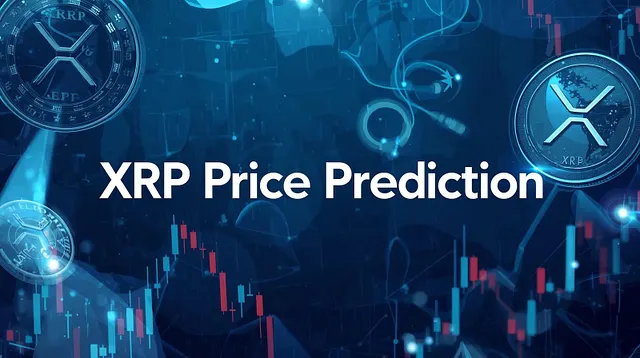Machines Are Now Paying Machines
There’s a transformation happening in the world of finance and technology that, until now, has flown under most people’s radar. At the center of this revolution is the x402 protocol, a system that just processed over 10 million autonomous AI agent payments in a single month. The magnitude of this trend isn’t lost on anyone following Web3 or AI, but the numbers belied something far deeper: in just 30 days, $200 million in Ethereum was routed through Chainlink’s new Chainlink Runtime Environment (CRE), while giants like Mastercard and UBS began actively using the infrastructure for cross-border payments and settlements.
The sheer volume of these AI-driven transactions signals a paradigm shift. Autonomous agents are now not just interacting, but settling debts, paying for services, and managing value at blazing speed. Unlike the hyped-up NFT crazes or meme token surges, this new payment economy is built on a solid, programmable foundation. Google, Coinbase, and Cloudflare are backing the rails, and the flywheel is only spinning faster. The raw growth of the x402 protocol — up thousands of percent in a matter of weeks — proves that real commerce is moving onchain, pushed, executed, and verified by digital agents without any need for human authorization or intervention.
Behind the scenes, this isn’t just theory or a few developers experimenting with new tech. There are now 50,000 AI agents running on platforms like ElizaOS, each one capable of generating $15,000 per operational round, buying compute, storage, or even digital labor. These agents work in swarms, negotiating, transacting, and executing tasks, all while leveraging programmable money and smart contracts. The economic backbone is solidified by integrations with legacy institutions: Mastercard and UBS have both plugged into Chainlink’s CRE, giving them instant, compliant access to blockchain for global settlements, all managed from the software systems they already trust. This is the bridge that brings $867 trillion in institutional assets and the efficiencies of automation to a single programmable plane.
As the ecosystem rockets forward, market signals suggest that the so-called “smart money” is already deep in the game, moving capital into foundational tokens and autonomous agent infrastructure more aggressively than they ever did with pure-play DeFi tokens. While media and venture capital are distracted by flashy AI personalities or speculative NFT projects, the real alpha sits quietly in the networks enabling machines to manage their own finances. The way value moves, the way transactions settle, and how global commerce is orchestrated is fundamentally changing, with agent payment infrastructure at the very core.
In short, the infrastructure war isn’t about which human-facing app gets the most downloads, but which protocol becomes the backbone of the $30 trillion machine economy expected by 2030. This wave is about programmable, permissionless settlement — where algorithms, not people, are the primary economic drivers. If ever there was a tipping point for machine-to-machine commerce, this is it. The rails have been built. The machines are paying. The only question is who will realize the scale of the opportunity before the rest of the world catches up.
Machines Are Now Paying Machines was originally published in Coinmonks on Medium, where people are continuing the conversation by highlighting and responding to this story

